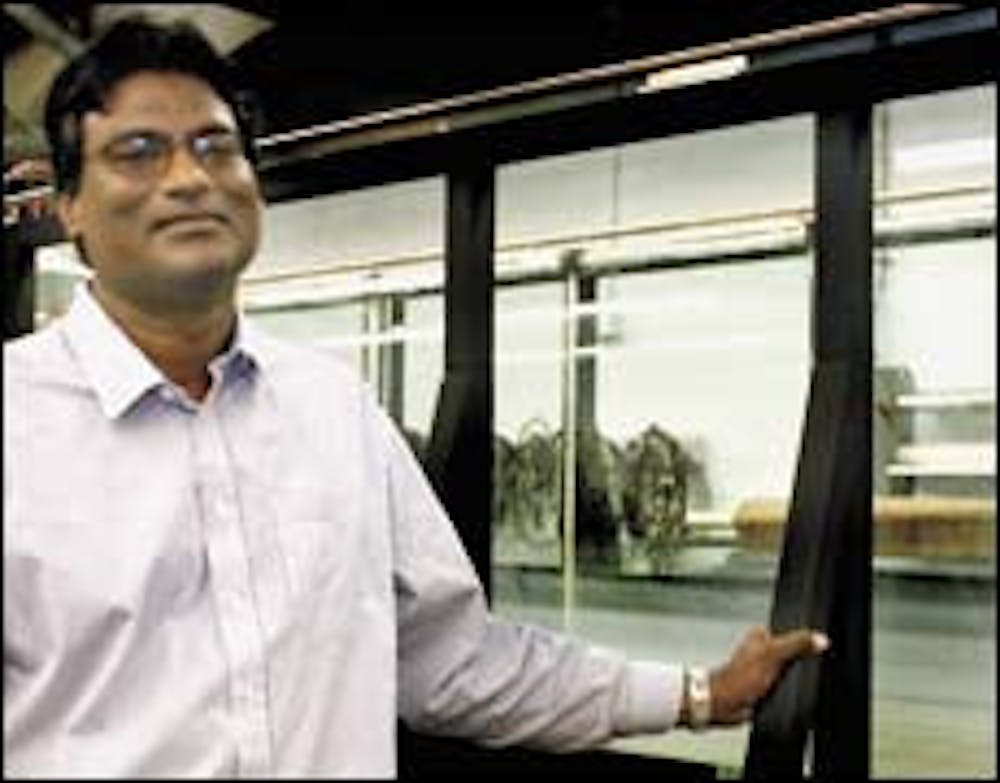Harindra Joseph Fernando returned to Tempe on Monday after researching the devastating effects of the tsunami in Sri Lanka last week.
On Jan. 7, Fernando, a native of Sri Lanka and professor in the Ira A. Fulton School of Engineering and expert on fluid dynamics, joined a team of wave experts gathering first-hand accounts from survivors and studying disappearing data, such as watermarks, in southwestern Sri Lanka.
Fernando headed a team sponsored by the National Science Foundation that surveyed the southwestern portion of the country, which is more populated than the eastern side where the waves actually hit.
"Our job was to look at the height of the waves, how far they went and what time they arrived so that we could compare it with the computer model," Fernando said.
The team's data will be used to improve the computer model that Fernando said will be used to design a warning system for future tsunamis.
"We looked at what part of the model isn't performing well," he said. "We have to go back and look at these things and keep improving the scientific aspects of the model."
Leaders in Sri Lanka will take the team's reports into account as they attempt to develop a warning system.
Fernando also spoke to at least 100 people in Sri Lanka about what they saw and experienced.
"Every person I talked to lost a family member," he said. "The issue was no one told them [the earthquake] was a danger."
One of the main problems now is the large number of unemployed residents, Fernando said. Many were fishermen along the coast who lost their boats in the tsunami.
The best way students can help is to donate short-term relief supplies or money, which will go to rebuild houses and get people back to work.
"Anything that you give, someone can use at this time," Fernando said.
Reach the reporter at courtney.bonnell@asu.edu.




